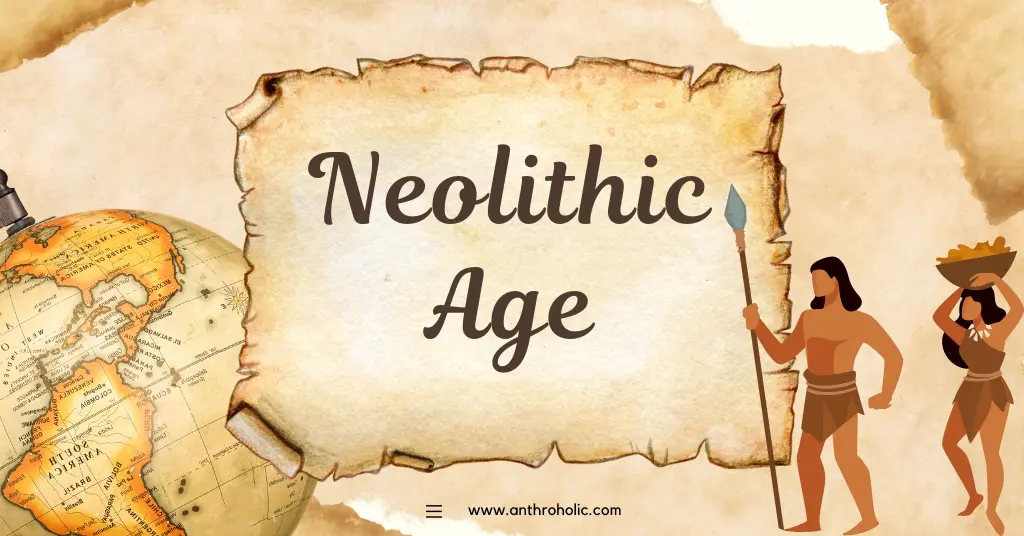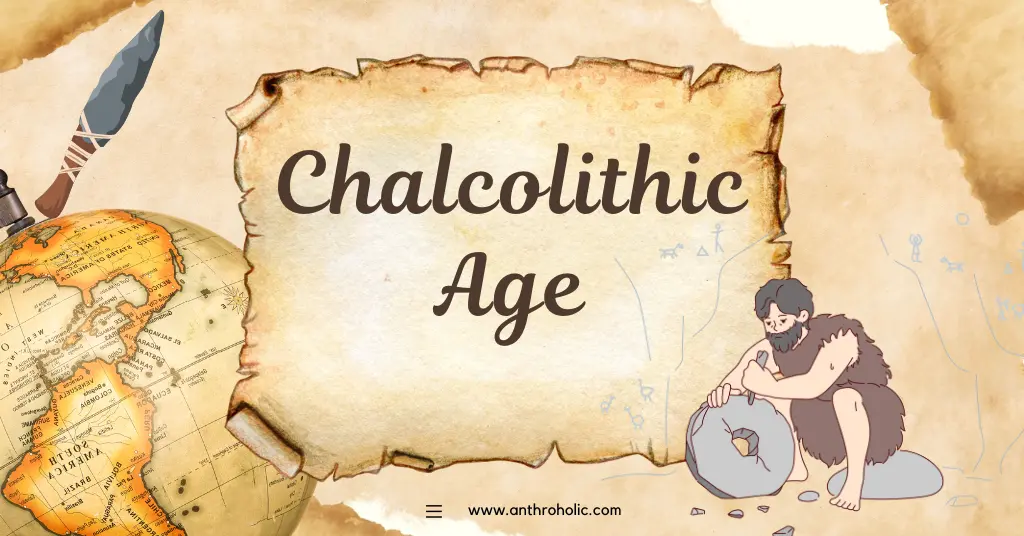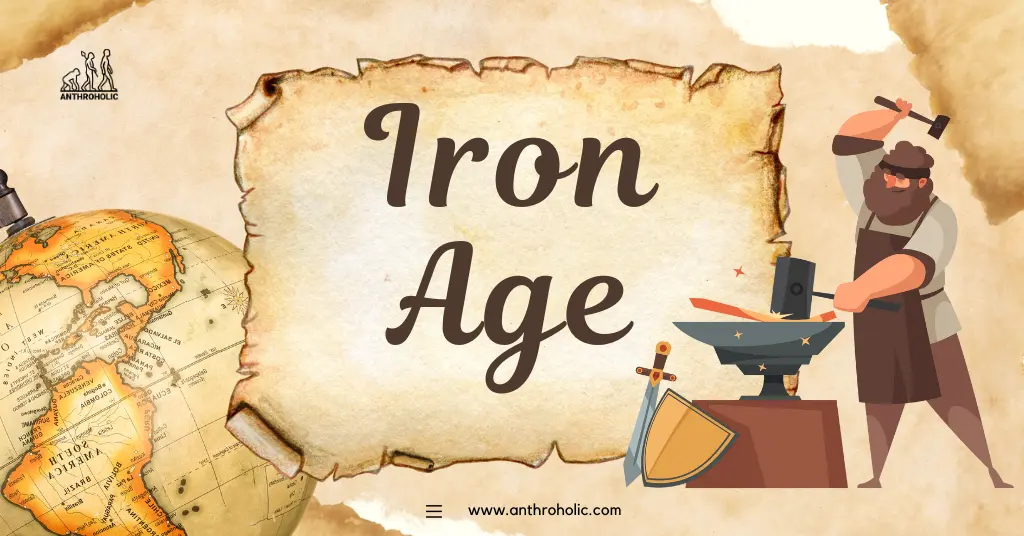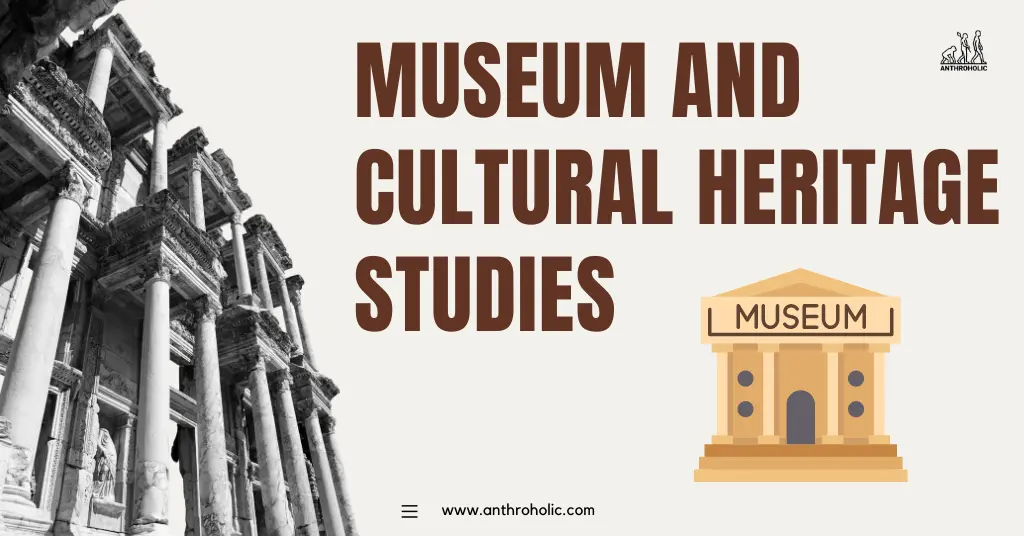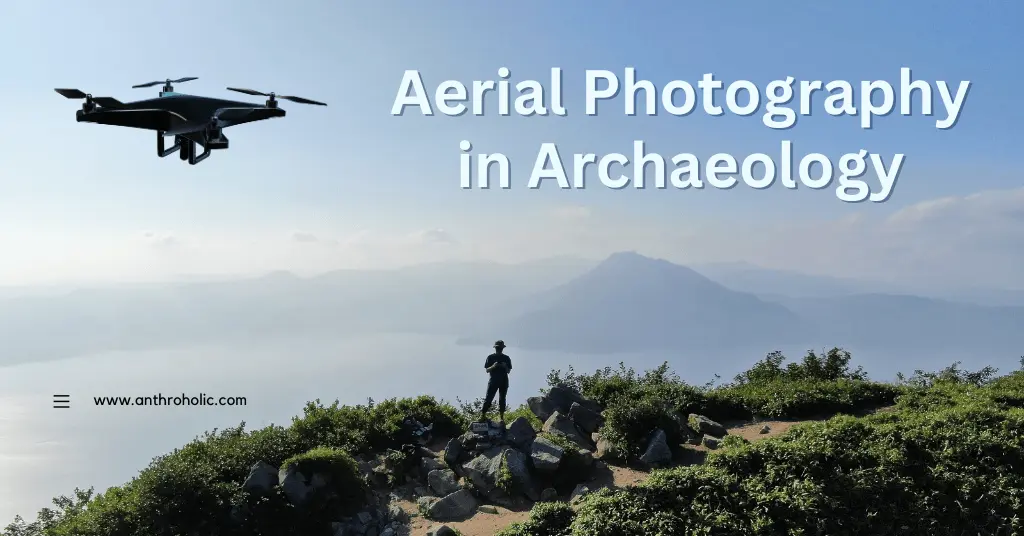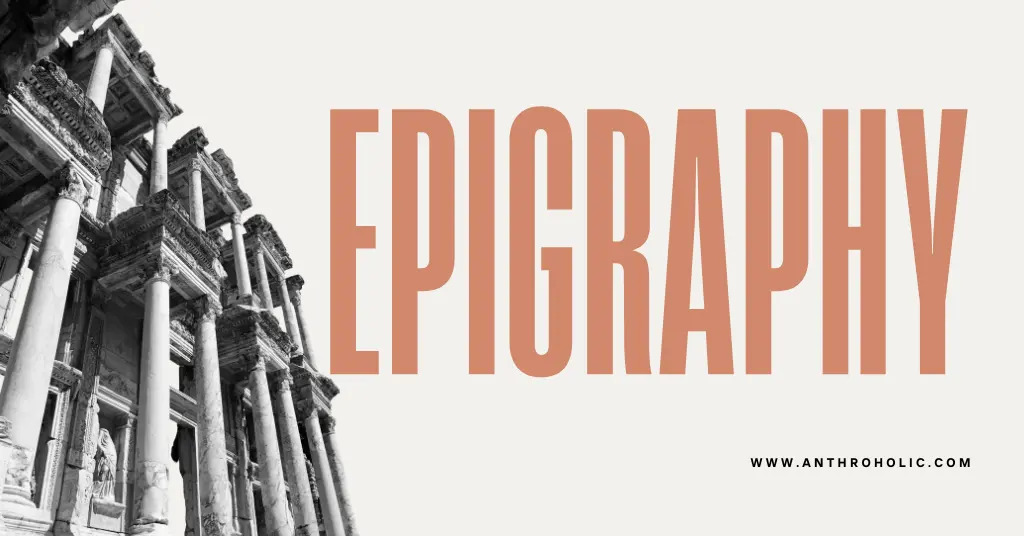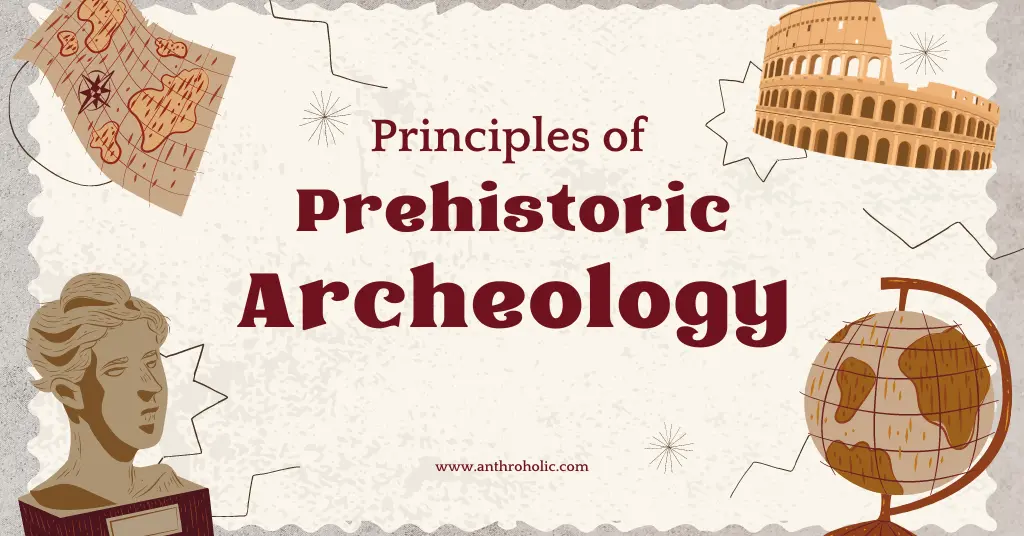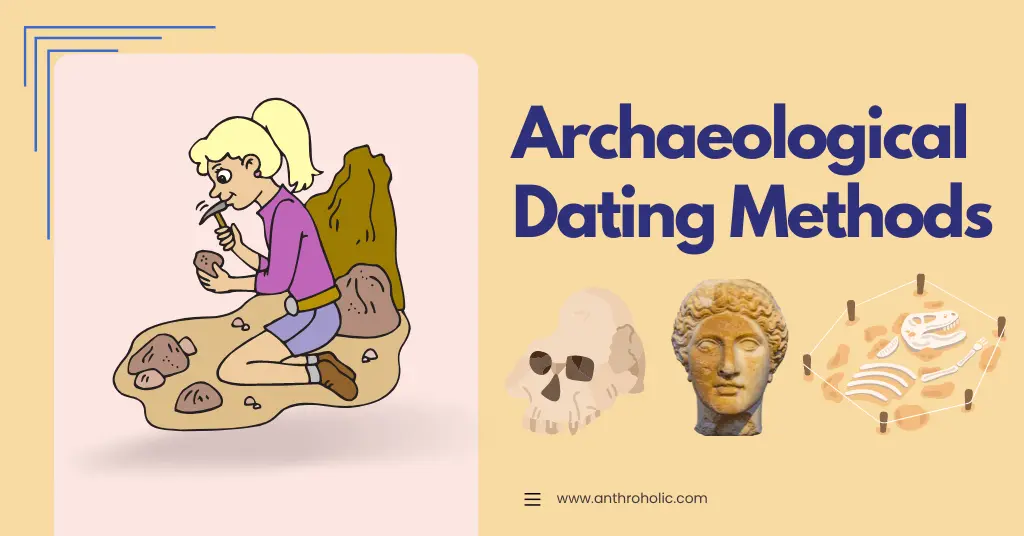AI Answer Evaluation Platform Live Now. Try Free Answer Evaluation Now

Mesolithic Age
The Mesolithic Age, also known as the Middle Stone Age, is a significant period in human history. It is marked by considerable shifts in human lifestyle, particularly from a nomadic, hunter-gatherer existence to the beginning of settled life.
